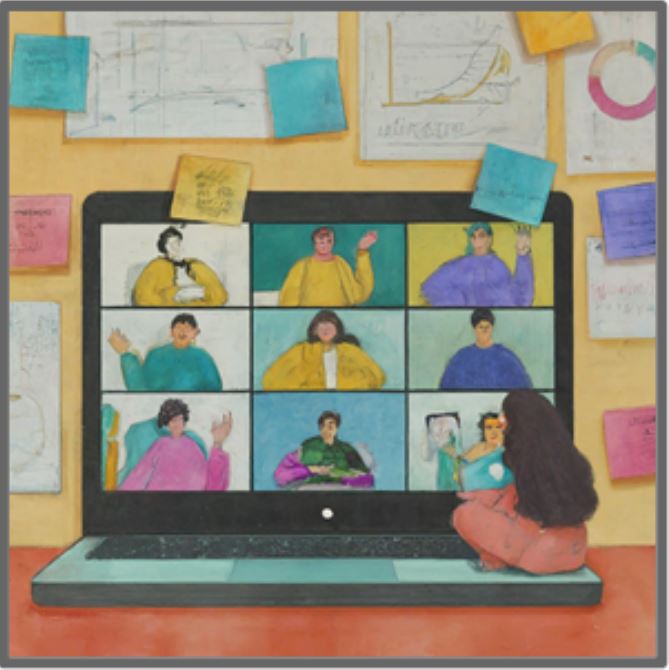Technology has shaped the K12 classroom immensely. Technology integration requires a strong foundation built on several key elements. These are the foundational pieces of K12 educational technology, ensuring a supportive environment for both learning and growth.
1. Infrastructure: The first element is a robust infrastructure that can handle the growing demands of technology in education. This includes reliable internet access, sufficient bandwidth, efficient network management, and up-to-date security protocols. Schools must invest in infrastructure that can support current needs and anticipate future developments.
2. Devices, Access, and Management: Providing equitable access to devices is crucial. This includes choosing age-appropriate hardware, considering diverse learning styles, and addressing socio-economic disparities. Device management plays a vital role, withsystems for deployment, inventory control, software updates, and maintenance ensuring smooth operation.
3. Privacy, Safety, and Security: Protecting student data, promoting online safety, and maintaining cybersecurity are paramount concerns. Implementing data privacy policies, filtering inappropriate content, and educating students about cyber hygiene are essential. Additionally, robust security protocols with regular updates minimize vulnerabilities.
 4. Digital Citizenship: Cultivating responsible digital behavior is vital. Integrating digital citizenship curriculum into various subjects empowers students to be discerning users, ethical creators, and responsible collaborators online. This equips them with the skills needed to navigate the digital world safely and productively.
4. Digital Citizenship: Cultivating responsible digital behavior is vital. Integrating digital citizenship curriculum into various subjects empowers students to be discerning users, ethical creators, and responsible collaborators online. This equips them with the skills needed to navigate the digital world safely and productively.
5. Productivity: Technology should enhance, not hinder, learning. Choosing tools that align with curriculum goals and pedagogical approaches is key. Integrating technology seamlessly into lessons empowers students to research, create, collaborate, and communicate effectively.
6. Professional Development and Awareness: Supporting educators with technology integration is crucial. Providing professional development opportunities equips teachers with the skills and knowledge to choose, use, and integrate technology effectively. Building awareness about new tools and trends empowers educators to continuously evolve their practice.
Creating a technology rich environment helps when there is a focus on these foundational pieces. By investing in infrastructure, ensuring responsible device access, prioritizing safety and security, fostering digital citizenship, promoting productivity, and supporting educators, we can build a strong foundation for learning that benefits all students. Technology is a tool to empower educators and cultivate lifelong learners ready for the challenges and opportunities of the digital age.